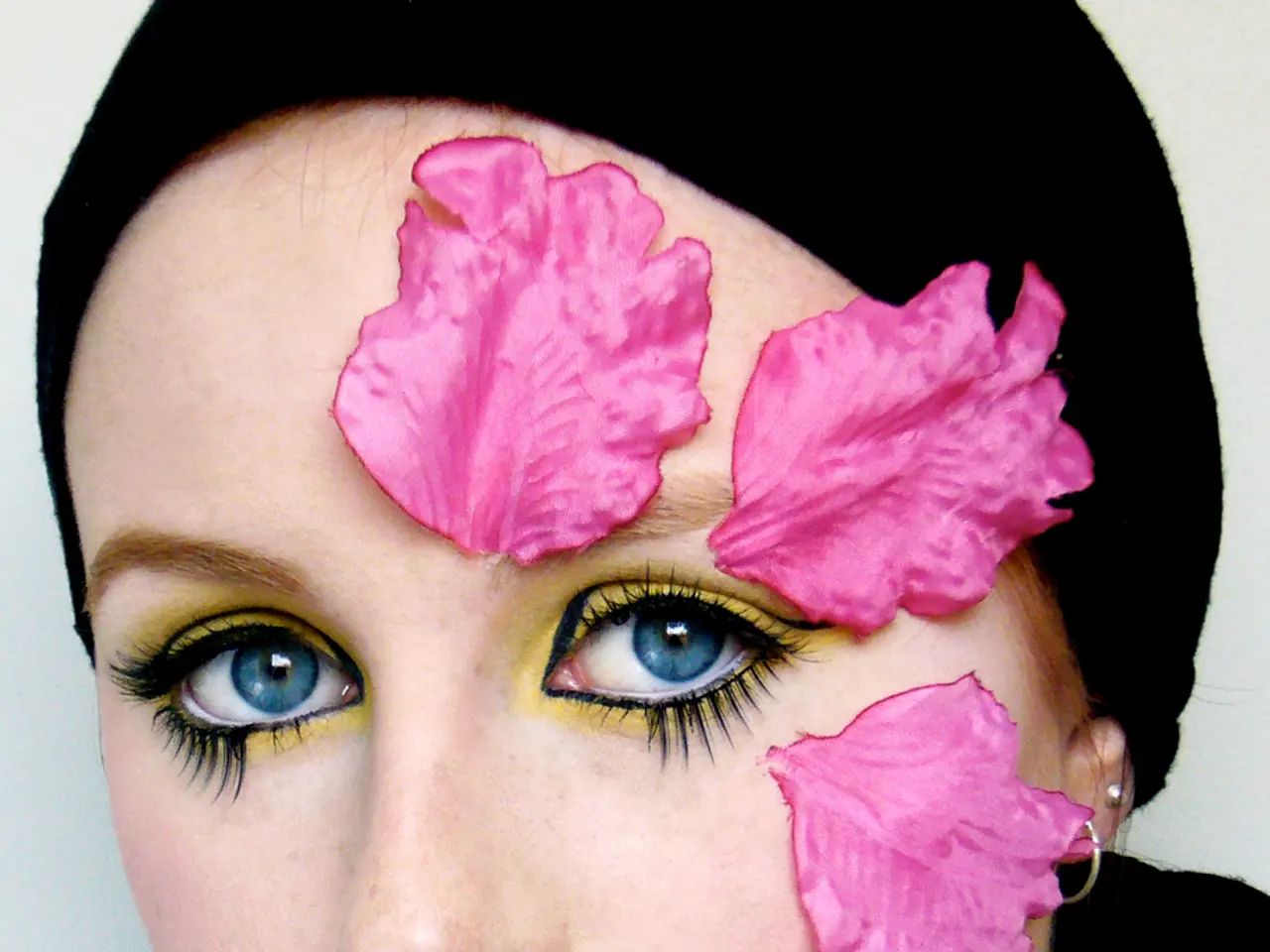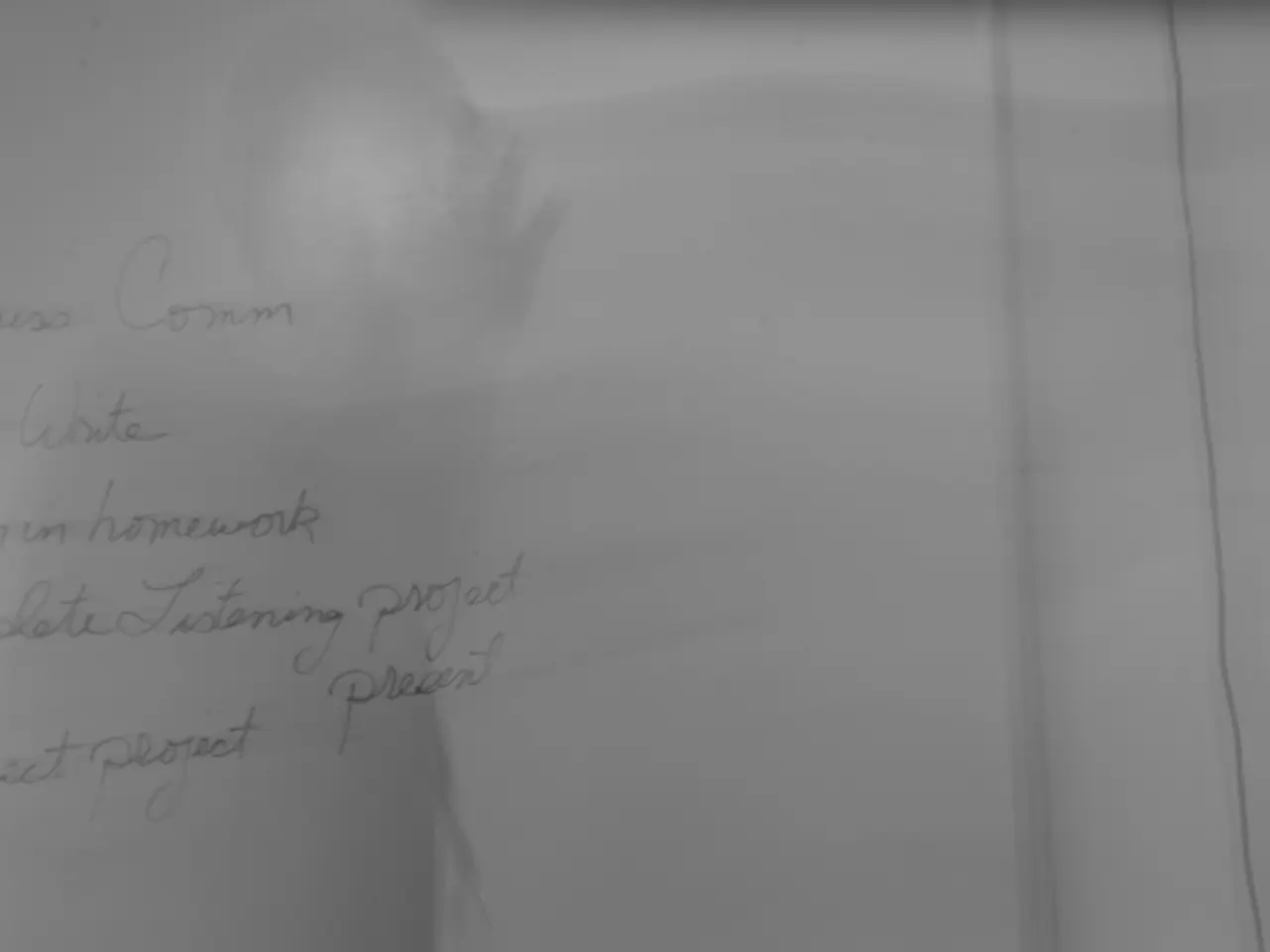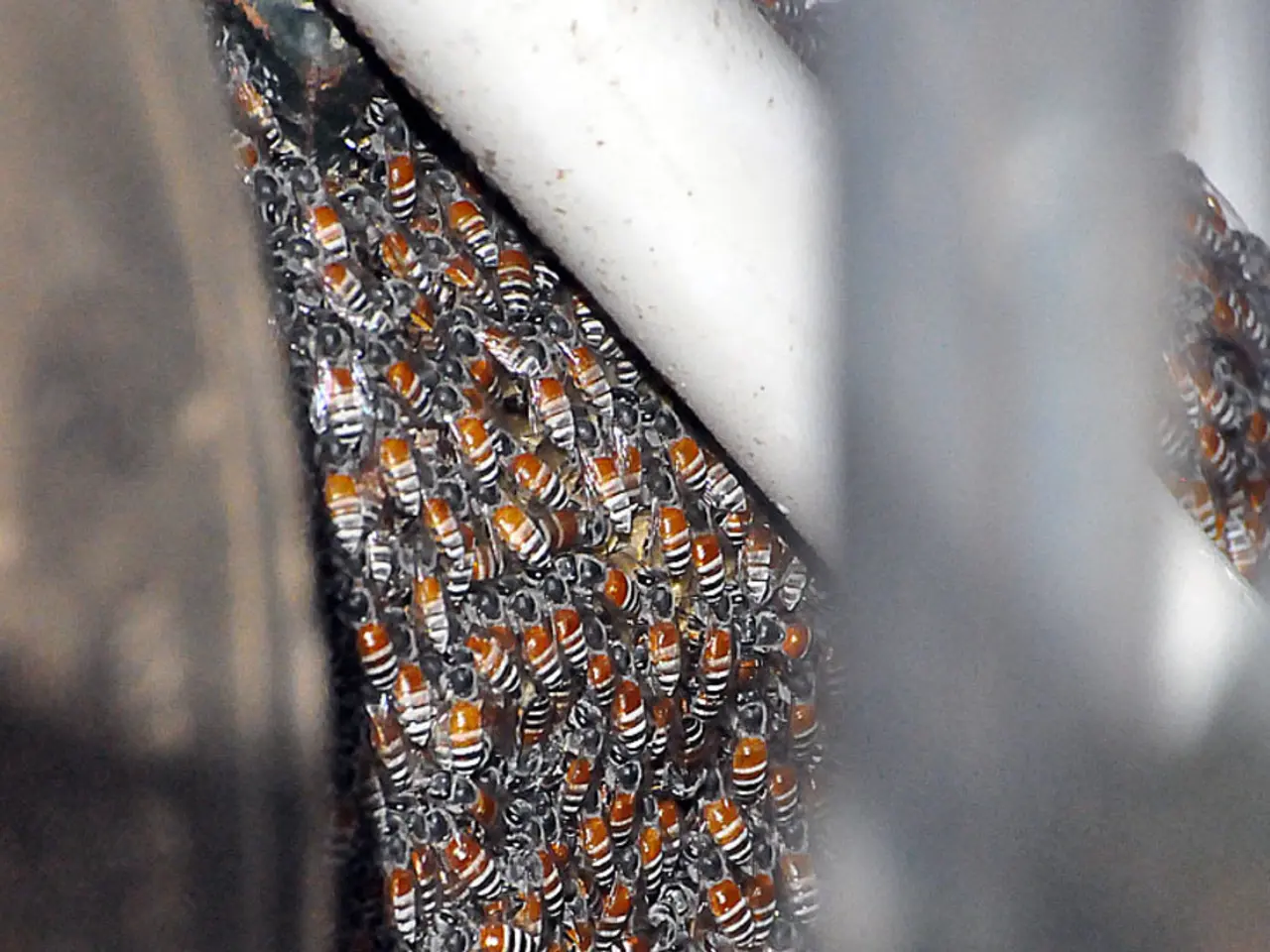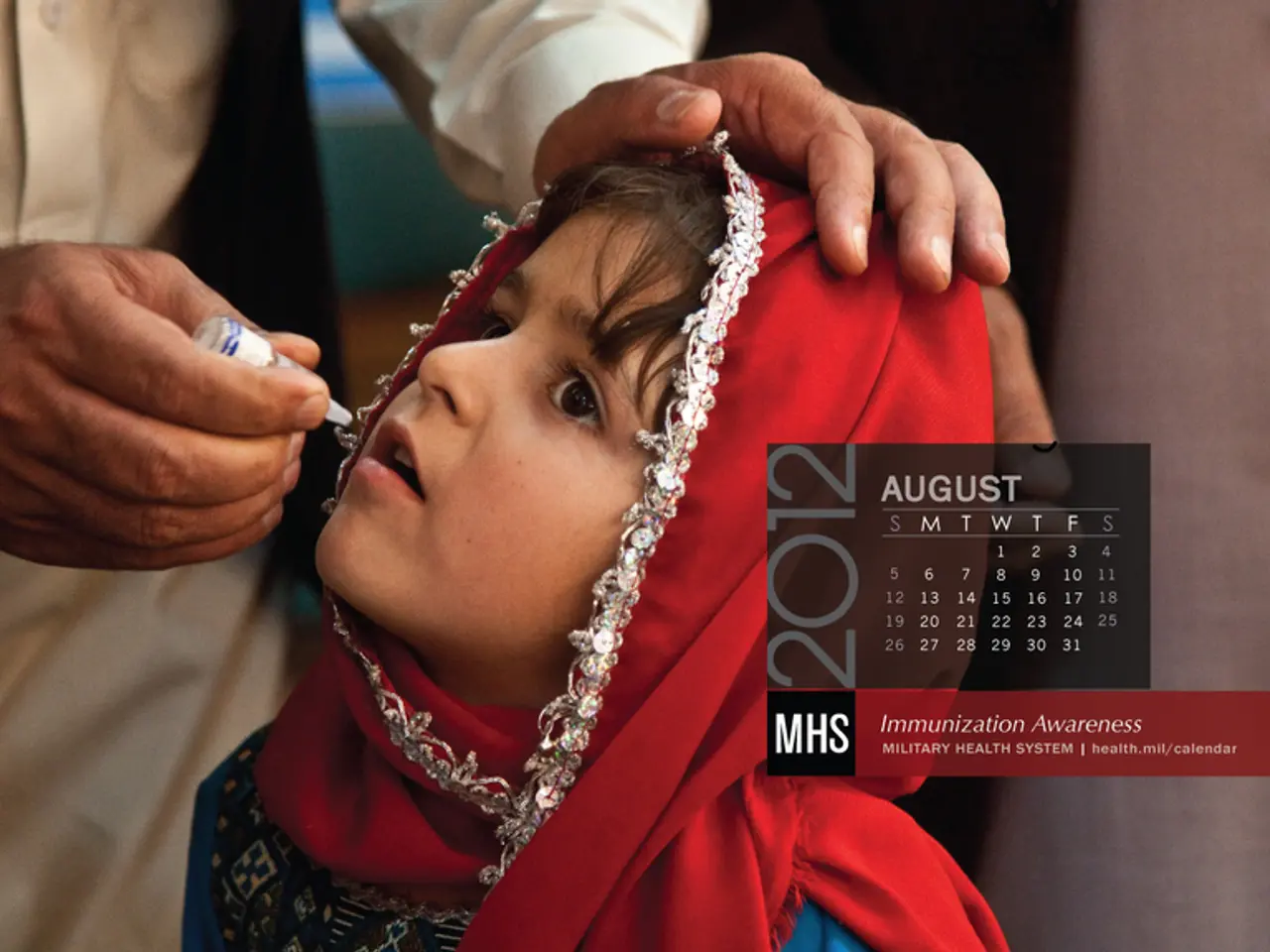Timeline for Applying Makeup After Botox Treatment: Crucial Rules Explained
Applying Makeup After Botox: A Guide for Safe and Effective Results
Botox, a popular cosmetic treatment for reducing wrinkles and fine lines, requires careful consideration when it comes to makeup application. Here's a comprehensive guide on how to apply makeup safely and effectively after a Botox session.
First and foremost, it's crucial to wait at least 4 hours after the Botox treatment before applying any makeup on the treated areas. This waiting period allows the neuromodulator to anchor in the targeted muscles and reduces the risk of irritation or infection at the injection sites.
Once the minimum recommended time has passed, follow these steps to safely apply makeup:
- Wash your hands thoroughly before touching your face to avoid introducing bacteria.
- When applying makeup, avoid rubbing or pressing hard on the treated areas to prevent moving the Botox to unintended muscles.
- Use gentle, non-comedogenic makeup products, especially around the injection sites, to avoid irritation.
- Maintain good facial hygiene and skincare. Avoid touching or rubbing the treated zones for at least 24 hours post-treatment as a general precaution.
- If you experience any redness, swelling, or sensitivity, consider applying makeup after these symptoms have subsided.
Avoid strenuous activity, lying down immediately after treatment, or heavy face contact for the first few hours to optimize results.
Switching Botox brands may require immediate communication with your clinician to ensure a smooth post-treatment makeup session. Immediate makeup application after Botox can cause surface infections, displacement of the toxin, and bruising.
The guideline for wearing makeup after Botox is not a rigid rule, but a roadmap that safeguards skin health, allows for experimentation with new palettes, and extends the life of each Botox dose. Following a hierarchy of care first, cosmetics second can help both your complexion and Botox treatment.
Waiting, cleansing tools, and thinking tactically about each step of your routine can protect skin health and extend the life of each Botox dose. Keeping a journal of appointments, including wait times for makeup and any issues that occurred, can help clinicians adjust future Botox treatments.
Avoid rubbing and facial massages for at least a week after Botox. Each Botox injection leaves micro-wounds that need time to close. Acne fighters such as benzoyl peroxide and salicylic acid can make touch-ups on treated areas harder to blend. Pressure, harsh cleansers, or makeup application can shift the toxin and shorten its life.
Lastly, prolonged exposure to sunlight or indoor tanning beds can prevent Botox from staying where the injector placed it. Thick, occlusive heavy creams can stretch bruising during the first 48 hours after a Botox appointment.
By following these guidelines, you can safely apply makeup after waiting at least 4 hours post-Botox, taking care to be gentle around injection sites and following good hygiene and skincare practices. This approach should make the process feel like a victory lap, not a risk.
- To prolong the life of Botox and ensure safe and effective results, opt for non-comedogenic skincare and makeup products, particularly in the health-and-wellness realm of skin care.
- By adhering to a fitness-and-exercise regime that avoids strenuous activity for a few hours after a Botox session, you can minimize disruptions to the treatment's outcome and contribute to an all-around healthier lifestyle.




